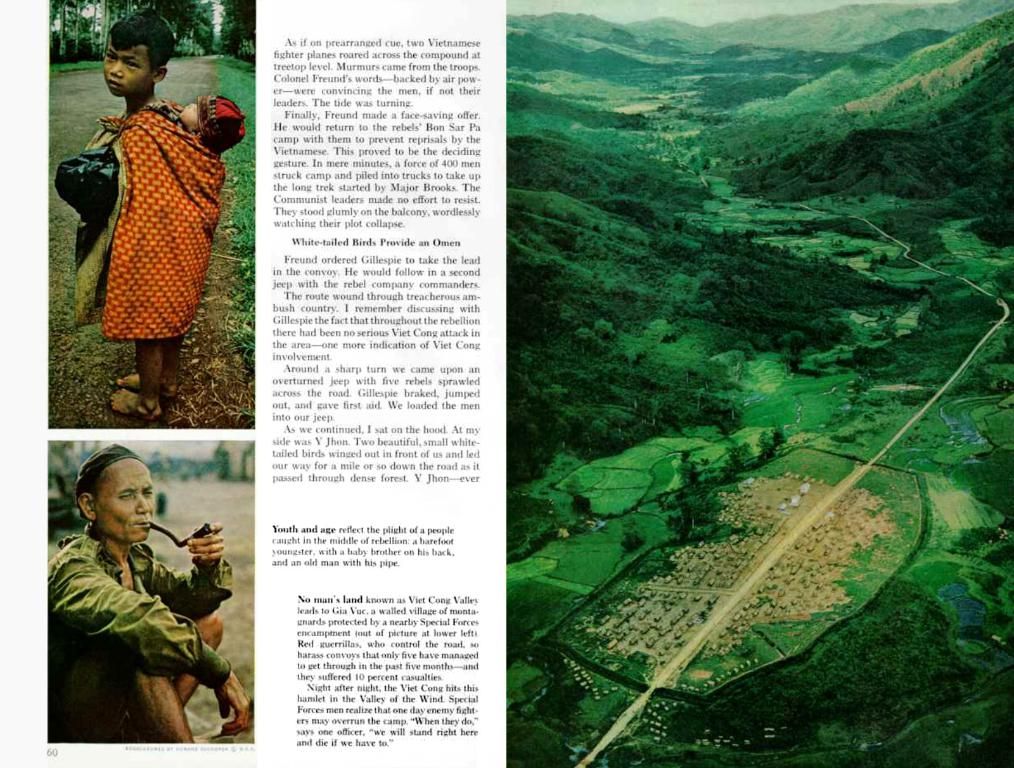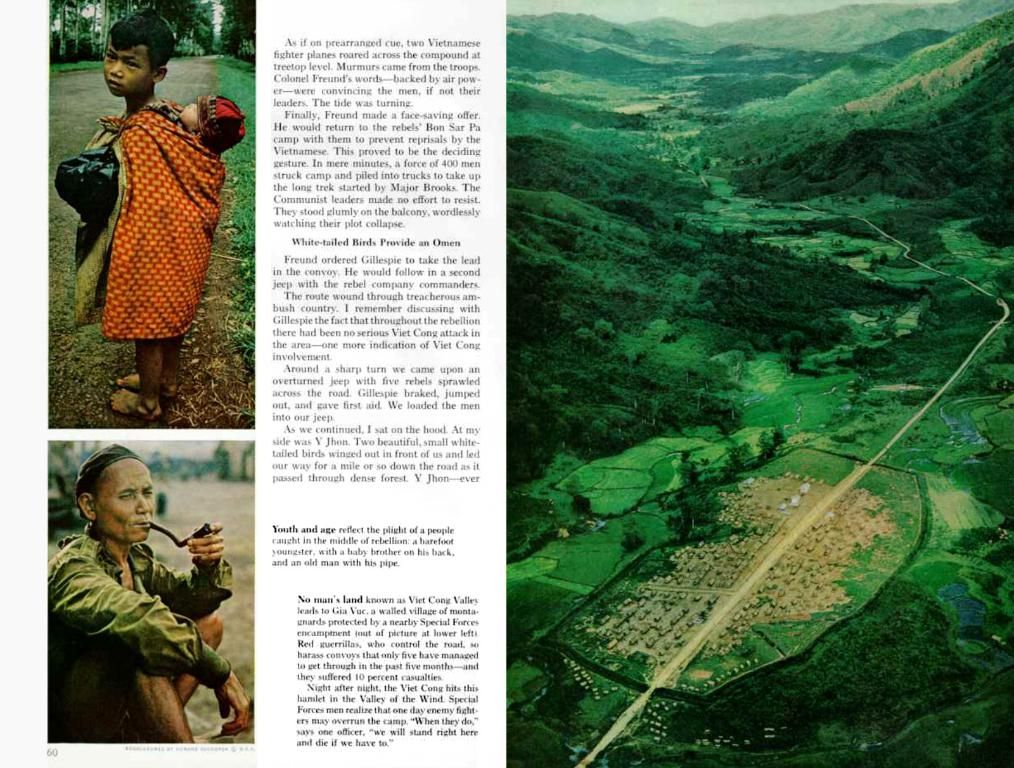Widening Chaiyaphruk Road to Ten Lanes for Traffic Relief
The Department of Rural Roads announced the completion and opening of an expanded Chaiyaphruk Road, now equipped with ten lanes, recently. This infrastructure development aims to mitigate traffic congestion and support long-term transport development strategies in Bangkok, Nonthaburi, and Pathum Thani.
Initially, the six-lane Chaiyaphruk Road accommodated over 40,000 vehicles daily, grappling with severe congestion. Changes in traffic flow due to the opening of Ratchaphruek and Kanchanaphisek Roads further intensified the issues on Chaiyaphruk Road, serving as a faster connection to Pathum Thani.
The fully operational 10-lane road will witness a notable reduction in travel times for commuters, particularly during rush hour, and cater to future traffic growth, according to DRR director-general Montri Dechasakulsom. The change is in line with Deputy Prime Minister and Transport Minister Suriya Jungrungreangkit's policy to improve the country's transport infrastructure.
The 902-million-baht project entailed widening the road to accommodate two lanes per direction from the Rama IV Bridge base to the Ratchaphruek interchange and adding an additional lane per direction from the Ratchaphruek interchange to Bang Kruai-Sai Noi Road, spanning approximately seven kilometers. Additionally, four bridges were constructed over Khlong Phra Udom and Khlong Bang Phum canals, with new pavements, drainage systems, and street lighting installed.
With this upgrade, the road's capacity is expected to significantly decrease traffic congestion, shorten travel times for commuters, encourage economic growth through development along the corridor, boost regional growth by supporting urban expansion, and stimulate transit-oriented developments.
The expansion of the Chaiyaphruk Road, now boasting ten lanes, offers a potential solution for the current traffic congestion challenges within the industry of transportation in Bangkok, Nonthaburi, and Pathum Thani. This development is expected to pave the way for a more efficient flow of commuter traffic, which could have positive rippling effects on the local economy and finance sector.








